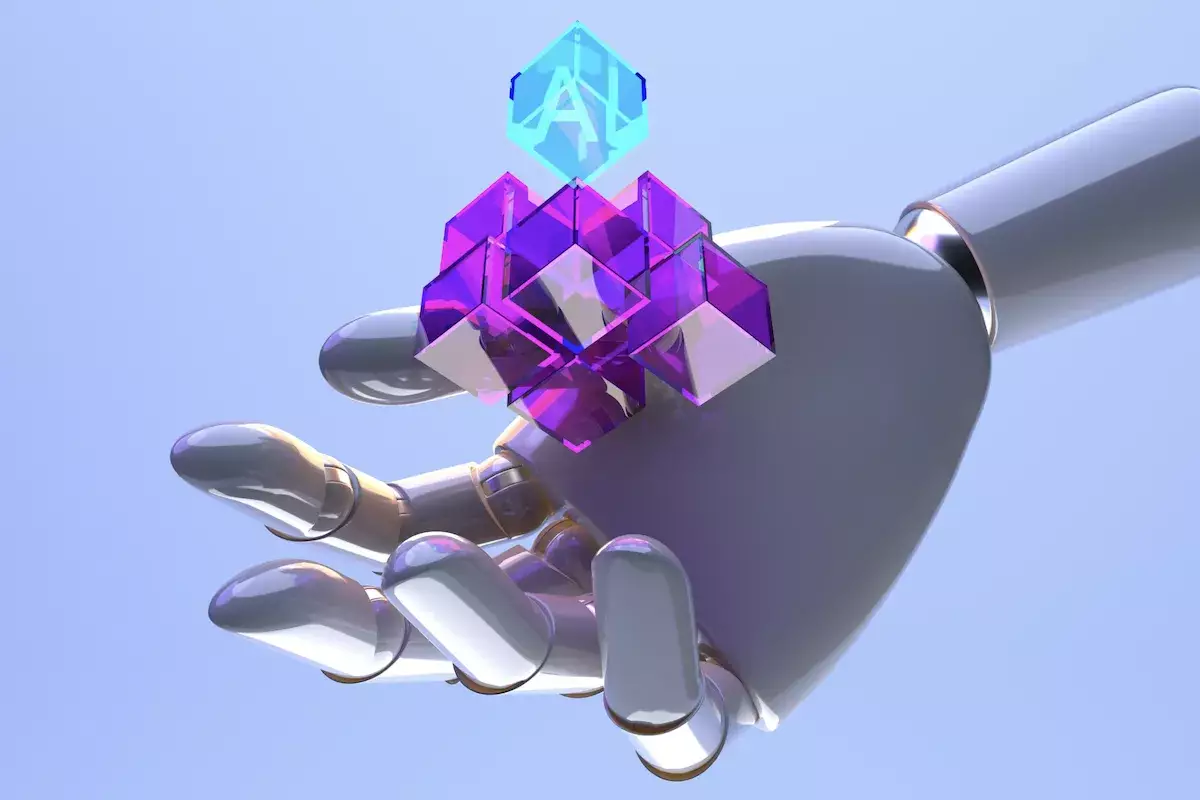In the ever-changing landscape of technology, the marriage of artificial intelligence (AI) and blockchain is ushering in a new era of decentralized applications (dApps) that promise to reshape various industries. Understanding how these innovative platforms operate, the advantages they provide, and their revolutionary potential is crucial for anyone looking to navigate the future of Web3.
At its essence, AI-driven decentralized applications operate on a distributed computational framework rather than relying on a single server. This decentralization fosters resilience, as every participant in the network maintains a copy of the data, effectively minimizing the risks associated with censorship and centralized points of failure. Smart contracts, which underpin these applications, execute predefined actions autonomously once specific conditions are met. For instance, upon the receipt of a payment, a smart contract can seamlessly transfer tokens or validate a user’s identity, introducing efficiency and clarity to transactional processes.
The foundation of AI dApps lies in their ability to leverage machine learning and advanced algorithms to enhance the functionality of traditional dApps. While blockchain delivers unmatched security and transparency, it often lacks the dynamic adaptability that AI excels in providing. By integrating AI capabilities such as data analytics and predictive modeling within blockchain transactions, dApps can become not only more responsive but also increasingly intelligent in their operations.
The integration of AI and blockchain creates a unique synergy that is particularly impactful in sectors where data handling and swift decision-making are paramount. For instance, in decentralized finance (DeFi), being able to analyze market trends and respond in real time can lead to significant financial advantages. AI algorithms can process vast amounts of information, detecting patterns and anomalies at speeds unimaginable with traditional methods, thereby providing a strategic edge to users and service providers alike.
Moreover, machine learning enhances resource allocation within these applications, optimizing operations in marketplaces or determining optimal times for token swaps. This heightened precision translates into a more user-centric experience, offering reliable and evidence-based insights for everyday users.
One of the most exciting prospects of AI dApps is the emergence of AI agents—software entities that can operate with minimal human oversight. Imagine a digital assistant capable of autonomously executing trades, analyzing massive datasets, or even generating content. This innovation not only streamlines operations but also empowers users, granting them tools that augment their capabilities in an increasingly complex digital environment.
The dynamic functionality of AI dApps can be categorized into several key components. They rely on decentralized infrastructure, utilizing blockchains like Ethereum for their operational backbone. The AI capabilities inherent in these applications encompass machine learning, predictive analytics, and natural language processing (NLP), all contributing to the applications’ ability to learn and respond intelligently.
The role of token economics is paramount; many AI dApps utilize proprietary tokens to incentivize user engagement. These tokens can be fungible or non-fungible, encouraging users to share data or contribute to model training. This not only fosters a collaborative environment but also creates a fairer distribution of rewards for users, breaking the monopolistic data extraction model prevalent in traditional tech frameworks.
AI dApps tackle vital challenges that are often overlooked in traditional online platforms, including trust, transparency, and equitable returns. With blockchain’s immutable ledgers and self-executing contracts, users can verify the rationale behind AI-generated decisions. This promotes transparency, coldly absent from many current systems, where opaque algorithms often govern user interactions without clear accountability.
Additionally, the decentralized nature of these systems means that instead of corporate entities hoarding user data, users retain control over their information, facilitated through advanced security measures like zero-knowledge proofs. This empowerment reassures users of their data sovereignty and privacy, essential factors in a world increasingly wary of data misuse.
The rising trend in AI-driven dApps is evident; recent statistics indicate a significant uptick in user engagement, with notable platforms like LOL and Dmail Network in the lead. LOL utilizes an AI bot to gauge user emotions, rewarding genuine amusement with tokens, while Dmail Network emphasizes user privacy through AI-driven content encryption.
As the landscape of AI dApps continues to evolve, we can anticipate even more innovative applications across diverse sectors such as healthcare, finance, and gaming. The potential for real-time data analysis, coupled with the ability to constantly adapt and learn from user interactions, positions AI-powered dApps as pivotal players in shaping the future of Web3.
The fusion of AI and blockchain technology is not just a nascent trend but a revolutionary paradigm shift that is expected to redefine how we interact with digital platforms. By harnessing the strengths of both technologies, AI dApps are creating unprecedented opportunities for innovation, collaboration, and user empowerment, making them essential to the future digital ecosystem.


Leave a Reply